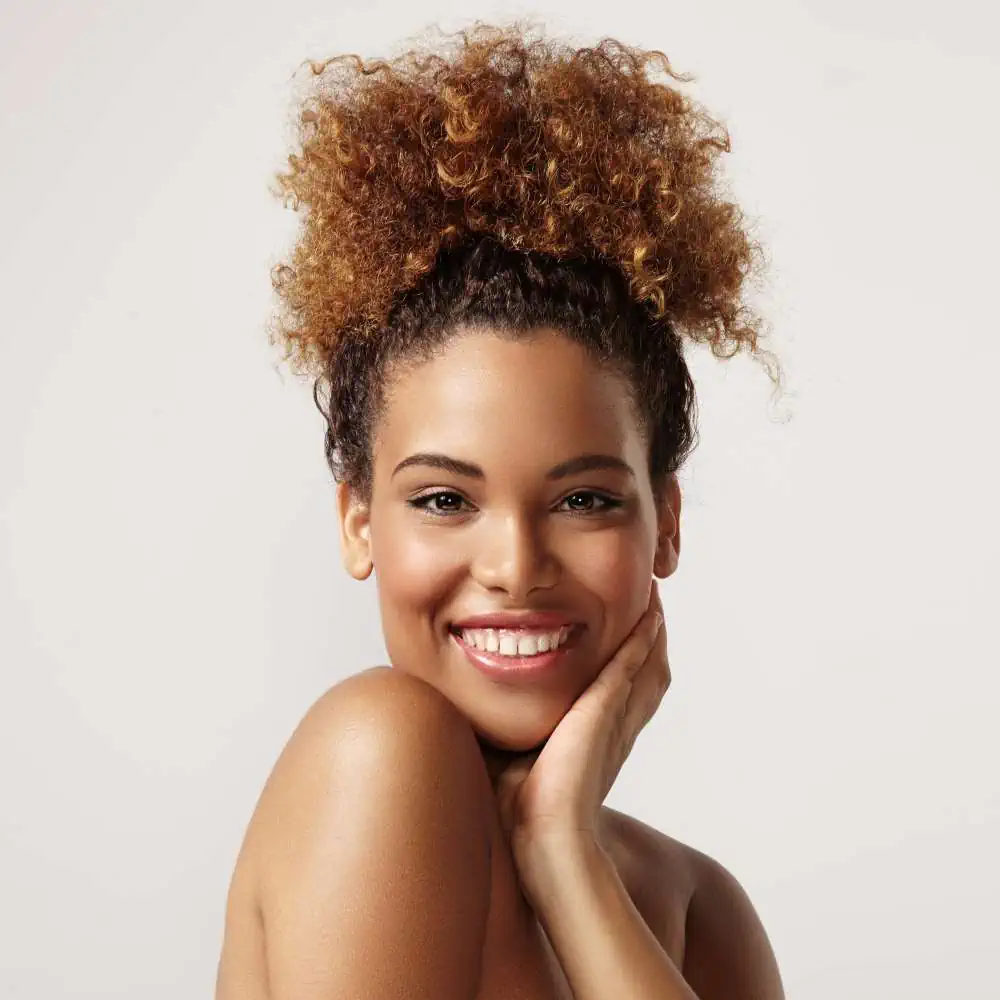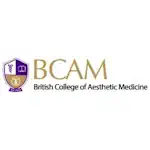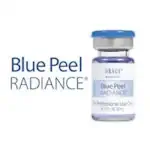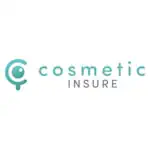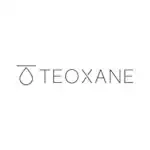
what causes Seborrheic keratosis?
The exact causes of seborrheic keratosis are not well understood. However, several factors may contribute to their development, including:
- Age: Seborrheic keratoses are more commonly seen in older individuals, particularly those over the age of 50.
- Genetics: A familial tendency has been observed, suggesting a genetic component in the development of these growths.
- Sun Exposure: Chronic sun exposure over time may increase the likelihood of developing seborrheic keratosis.
- Hormonal Changes: Hormonal fluctuations, such as those occurring during pregnancy, may trigger the development of these growths.
Appearance of Seborrheic Keratosis
Seborrheic keratoses can vary in appearance but typically share some common characteristics, including:
- Colour: They can appear in various shades, such as brown, black, or tan. In some cases, they may be lighter or darker than the surrounding skin.
- Texture: The growths usually have a waxy or scaly texture, resembling a stuck-on or raised plaque.
- Size and Shape: Seborrheic keratoses can range in size from a few millimeters to several centimeters. They may be round or oval-shaped and have well-defined borders.
- Surface Features: They often exhibit a rough or uneven surface with tiny, grainy projections. Some growths may have a slightly greasy appearance.


